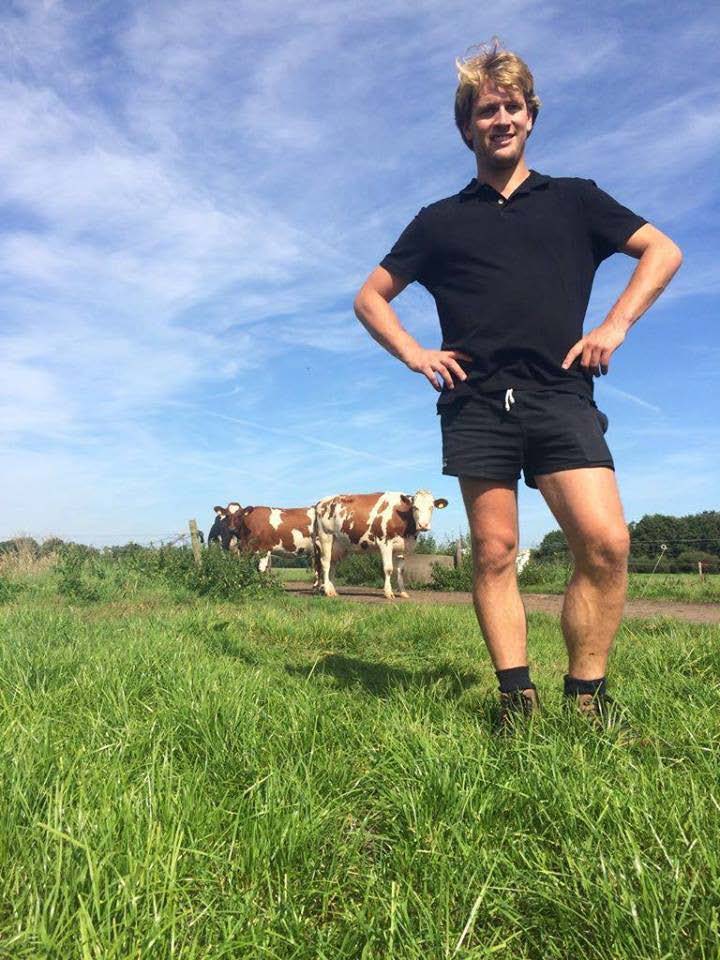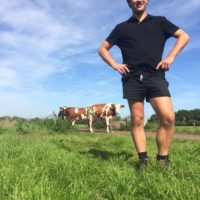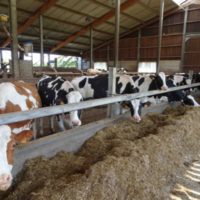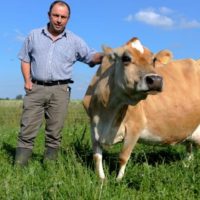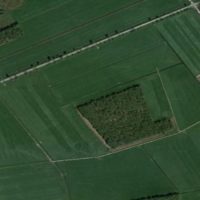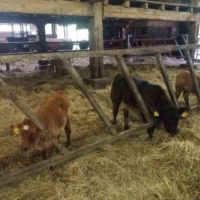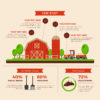Description
Background
Auke Spijkerman is an organic dairy farmer from Wapserveen. Wapserveen is located in the north of the Netherlands in the province of Drenthe. Spijkerman and his parents milk 85 dairy cows. The farm has 70 hectares of land, of which 48 hectares are owned and 22 hectares are rented. Of those 70 hectares, 43 hectares are grasslands suitable for grazing. The soil type of the 70 hectares is partly peat and partly sandy soil. The organic matter content is very different on the plots, which is between 4.5 (sandy soils) and 22% (peat soils).
The 85 dairy cows on the farm are all crossbreeds. Spijkerman crosses with many different breeds, such as MRIJ, Fleckvieh, Jersey, Holstein, Brown Swiss and Swedish red. The cows on the farm produce on average 6200 liters of milk per cow per year. In total, the cows are good for a milk production of 500,000 liters of milk per year.
The machine park of the entrepreneur is not big, but sufficient for this way of farming, the machine park consists of:
- Mower
- Hay tedder
- Grass rake
- Self-loading silage wagon
- 2 tractors
- Land roll
- Overseeder
- Cambridge roller
The area of the barn is 1200 m2; next to the stable is the building for the milking parlour that was renewed last year. The size of the building for the parlour is 300 m2. The new milking parlour that was built last year is a 2×16 swing-over from Dairymaster. With the 85 cows that Spijkerman milks, milking is then finished in 1 hour including cleaning. On the farm, there is also a stable for the calves of 150 m2. Both the stable for the cows and the stable for the calves are ventilated by natural ventilation.
At this farm, the costs are very low and that is the goal of the farmer. The costs for fertilization and spraying are zero since the farm is organic. For the rest there are the costs for fuel and seed, which are about 8900 euros per year for this farm. The medication used on the farm costs about 1000 euros per year. The low costs for medicines are partly because cows have few diseases. The company does not suffer from problems with the abomasum in the cattle, also less than 10% ketosis and mastitis. Furthermore, there are no problems with parasites or infections. The farm of Spijkerman does suffer from subclinical mastitis, more than 10% of the cows encounter this and the farmer is working hard to reduce this problem. The costs for water and light are around 8200 euros every year. With an organic milk price of 49.5 cents per liter of milk, a net margin of 34 cents is reached.
In order to notice sick cows in time, the farmer checks the cows 3 times a day. He sees the cows twice a day in the milking parlour and in the middle of the day he usually also checks the cows. The veterinarian does not visit the farm very often, on average once a month, during the calving season a little more often than the rest of the year, but on average once a month.
Detailed description
The aim of the farmer is to have the cows produce as much milk from grass as possible and he does this by applying the NZ grazing system. He uses a system of strip grazing where the grass allowance is exactly the kilograms of dry matter that they need every day. The aim of the farmer is to have the cows graze as many days per year as possible. In the spring and autumn, Spijkerman supplies the cows with fresh grass in the barn, which he retrieves with his tractor and loading wagon. For the rest there are not many machines on the farm. An important component of the NZ grazing system is a spring-calving herd. Spijkerman follows a different approach and has decided to split the herd in half, one half calves in February and the other half six months later. In this way, cows that are not in calf in summer get a second chance a half year later.
Results
Grass production at Spijkerman’s farm is about 10.5 tonnes dry matter per hectare per year, about 3 tonnes of this 10.5 tonnes are mowed and the cows graze the remaining 7.5 tonnes. Grasslands of the farm contain many herbs, mainly clovers and narrow plantain. In addition, grasses have been sown, such as perennial ryegrass and Timothy. Last year the number of grazing days amounted to 237 days of pasture with about 21 hours grazing a day. The average number of grazing days in the Netherlands is about 180 days. It is common to practice grazing during the day only.
Adoption criteria
Other farmers who may want to adopt this system must realize that it is not easy to copy. First, this NZ grazing system must fit the farmer and the farm. The farmer should be able to extensively graze cows and to enjoy it. A suitable grazing platform is needed; it should be big enough to graze the cows during the grazing season. The NZ grazing system is a low cost system and does not go for the highest milk production. When a farmer likes to see a very high milk production, this system is not a good idea. Based on grass only, high milk productions are not expected. However, if a farmer is interested in low costs, this grazing system will be a good option. A farm like that of Spijkerman would be perfect.
Future prospects
For the future, Spijkerman considers it important not to get too many dry summers like in 2018. In these years, grass growth is less and the success of the whole system depends on a good grass growth. As the farm of Spijkerman is organic, buying grass is very expensive and this is therefore not desirable to maintain the low cost price. When it is too dry for too long and there is not enough grass, the cows will have to go back into the stable in the middle of the summer.

